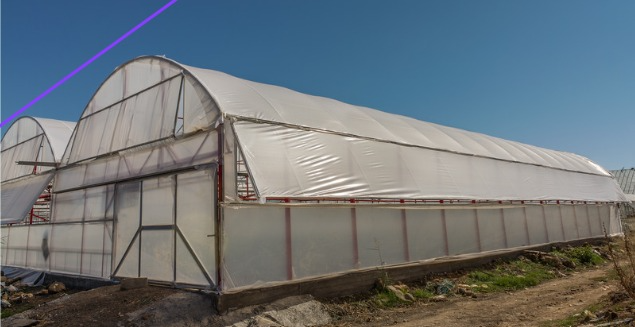.::.
Types of Greenhouses
.::.
----------------
Greenhouses are structures designed primarily for cultivating plants that require specific environmental conditions to thrive. They are typically made of transparent materials like glass or plastic to allow sunlight to penetrate and heat the interior. The transparent walls and roof help trap heat inside, creating a warmer climate than the external environment, which is crucial for growing plants that might not cultivate in the local climate. Greenhouses represent an innovative and important method for cultivating crops within an enclosed structure that regulates environmental factors such as temperature, humidity, light exposure, and ventilation. This method has gained great importance in modern agricultural practices due to its ability to extend growing seasons, enhance crop quality, and maximize yield efficiency. Greenhouses create a stable and optimized climate that allow plants to thrive regardless of external weather conditions. By using technologies like automated irrigation systems, climate control sensors, and artificial lighting, greenhouse farmers can tailor the growing environment to specific crop requirements, to achieving optimal growth and productivity. Moreover, greenhouses offer several distinct advantages over traditional open field farming, including reduced water usage, minimized pest and disease pressures, and the ability to grow crops in regions with adverse climatic conditions. This method not only supports sustainable farming practices by conserving resources but also enables year-round production of high-quality fruits, vegetables, and flowers (Iddio et al., 2020).

